When it comes to clothes shopping, more consumers these days are looking to wear pieces that make them look good and feel good about their purchase. If you're someone who is interested in becoming a better-informed and more sustainable shopper, you’ll need to learn about the dangers of fast fashion and what to look for when shopping for sustainable clothing. To help you make more informed shopping choices, the Good Housekeeping Institute Textiles Lab's fiber scientists and sustainability experts have done the research to help educate consumers about fast fashion — here's everything you need to know about the facts and key issues, according to our pros.
What is fast fashion?
"Fast fashion" is a buzzword you may be hearing in reference to certain popular clothing brands – but its exact definition isn’t always clear. Here's how the GH Institute sustainability experts define fast fashion:
Fast fashion refers to the relatively new phenomenon of rapidly producing high volumes of cheap, trendy clothing that match runway and celebrity styles. The idea is to get the clothes into the hands of the consumer as soon as an item becomes trendy; the consumer then only wears the item a few times before discarding it.
Fast fashion doesn’t exist in a vacuum – it includes the design, manufacturing and marketing methods that lead to massive landfills filled with gently used clothing items that are fully functional, just no longer “in fashion.” It's estimated that nearly $183 million worth of clothing ends up in landfills each year.
Why does fast fashion exist?
With the insurgence of social media and online shopping, the demand for clothes inspired by straight-off-the-runway trends without the runway price tags has grown. And with advancements in textile technology, synthetic fabrics are easier and cheaper to mass produce than less environmentally costly fabrics. Plus, more consumers are now avoiding wearing pieces multiple times as they want their social media accounts to show different outfits, just like their favorite celebrities. It’s hard to resist the ease of purchasing anything you want in just a few clicks and having it conveniently delivered right to your door — no matter the environmental cost.
Historically, this is not how clothing production was done. Before the invention of the sewing machine during the Industrial Revolution, producing clothes was a slow, expensive and painstaking process. But with new technologies, fashion production started to increase dramatically, often leading to tragic sweatshop disasters. But for decades, the fashion industry ran on a limited schedule, producing new pieces only four times a year. Designers would plan pieces months and months in advance, trying to predict what trends the consumers would want when the styles finally launched into stores.
So, when did the concept of fast fashion start? The phenomenon became fully solidified in the mid-2000s when brands started launching tons of “micro-seasons” with new products available nearly every week. It became easier and easier for consumers to see a celebrity wearing an expensive piece and then go buy a cheap dupe just a few weeks later — with two-day, free shipping to boot. These expectations from the consumer led to brands producing more and more pieces, faster and faster, with dangerous consequences.
Why is fast fashion bad?
As a consumer, it may feel that fast fashion is actually beneficial: you get the stylish clothes you want faster, more conveniently and for less money. However, there are several key negative impacts of fast fashion’s rise in popularity.
Environmental impact:
Because fast fashion requires massive amounts of production, there are many environmental issues created by these supply chains. To start with, fast fashion pieces use environmentally costly materials like synthetic fabrics, which can create toxic waste during production that seeps into the local environment, hurting animals and people who live there. It’s estimated that the textiles industry produces over 1.2 billion tons of CO2 per year from manufacturing, processing and shipping —with the expectation that this will increase to nearly 3 trillion tons of CO2 by 2030! Plus, nearly 1.5 trillion liters of water are used to produce new clothes every year (water filled with toxins is then released into local communities) — which is very dangerous during today’s global water crisis.
Then, once these clothes make their way into people’s homes, consumers wash them, which releases microfibers and microplastics from synthetic fabrics like polyester and nylon into the water. Aquatic organisms then eat these tiny particles, eventually putting plastic back into the food we eat. And of course, as previously mentioned, much of this clothing will end up in landfills after just a few wears, creating massive textile waste.
Exploiting workers:
Many shoppers don’t realize how much people are involved in clothing production. From making the textile, cutting the fabric to sewing it all together, people make all the clothes you buy — not machines. The people in fast fashion factories face dangerous working conditions with exposure to toxic chemicals, poor air quality and overcrowding, leading to tragic factory accidents, like the Rana Plaza collapse in 2013 that killed over 1,000 workers in Bangladesh, and long-term health complications. Plus, most factory workers aren’t properly compensated. It’s difficult to trace where exactly fast fashion companies are producing clothes, so it’s hard to determine if they use child or slave labor during production.
Consumer culture:
As people continue to ask for brands to produce clothes at this pace, the permanent damages to the environment and people will only get worse. The new expectations shoppers have are forcing more and more brands to move towards a fast fashion model. Consumers now shop with the expectation that clothes should cost under $20 instead of appreciating the amount of work that goes into fashion production and being comfortable paying a higher price. Overall, the carbon footprint of the fashion industry will only increase unless consumer culture changes dramatically — or brands face harsher punishments for environmental and ethical violations.
Do sustainable fast fashion brands exist?
In short, no — there is no such thing as sustainable fast fashion. By its nature, fast fashion cannot be sustainable, as the speed and scope of production cannot be maintained with safe labor practices and environmentally conscious choices. However, some fast fashion brands are launching more sustainable collections that use recycled materials, organic textiles or other more environmentally friendly production methods. But be careful not to fall victim to greenwashing! As “sustainable” becomes a buzzword consumers are looking for, more brands are using “green” phrases in their marketing without making any meaningful changes.
How to avoid fast fashion
If you're looking to wear truly sustainable clothing, opt for pieces that are made with 100% sustainable textiles like recycled synthetics, organic cotton and lyocell — and not just a small percentage. Shop our sustainable fashion brands guide to find brands you can trust. And of course, secondhand pieces will always be more sustainable than buying something new.
Of course, trying to make sustainable shopping choices in today’s world can feel overwhelming. Here’s some more advice from GH textile pros on how to be a more conscious shopper:
- Shop secondhand: Visit local secondhand stores in your area where you’ll likely find many pieces from popular fast fashion brands. Wearing secondhand clothing is the best way to avoid contributing to dangerous fashion production practices. To find trendy secondhand pieces online, our experts love apps like ThredUp, Poshmark and Depop. You can also sell your used clothes online, giving them a second life.
- Keep your clothes in great condition: Shopping less is the best way to lessen your environmental impact. Treat your clothes well by washing them according to their care label (only when needed) and mending small holes and tears. It’s also best to store your clothes properly (i.e. sweaters folded in a drawer and dresses hung in a closet) to prevent stretching or sagging.
- Buy clothes that’ll last long term: A trendy piece may be appealing, but if you think you’ll want to toss it in a few months, avoid buying it in the first place. Invest in classic pieces that you will love for years to come. Buying a piece from a less sustainable brand that you know you will wear long term is a better environmental choice than buying an item you don't totally love from a sustainable brand, just to throw it out.
- Look for transparency: Brands that are making real efforts towards sustainable production will have clear information on their sites. Look for percentages and clear explanations of claims. For example, if the product claims to be made with recycled content, look for a specific percentage — this will let you know, potentially, if there's only a tiny amount of recycled content, which won't have a huge environmental impact. Keep your eye out for environmental emblems from established, third-party organizations that verify brand’s claims to avoid being duped. Keep in mind that most certifications have specific criteria, so even if a product has a third-party emblem, it doesn't mean the product is sustainable or ethical in every way.
Why trust Good Housekeeping?
At the Good Housekeeping Institute, we've built a unique expertise on the topic of sustainability that shows up in how our experts test and recommend products. From launching the Green Good Housekeeping Seal in 2009 and GH's Sustainable Innovation Awards in 2019, helping readers make more sustainable choices is a top priority for us.
Emma Seymour has a Bachelor of Science in Fiber Science and Apparel Design from Cornell University and has been testing clothing and footwear for more than three years at the GH Institute. Emma has written multiple features on sustainability issues, including stories about sustainable denim and greenwashing.
This content is created and maintained by a third party, and imported onto this page to help users provide their email addresses. You may be able to find more information about this and similar content at piano.io
Article From & Read More ( Fast Fashion: What Is It and Why Is It So Bad? - Good Housekeeping )https://ift.tt/7DfR2Ea
Fashion
Bagikan Berita Ini
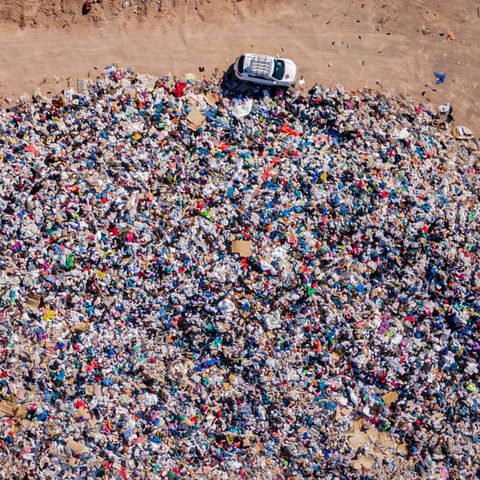


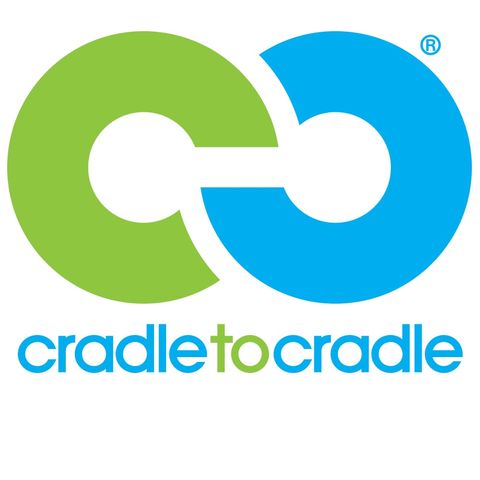

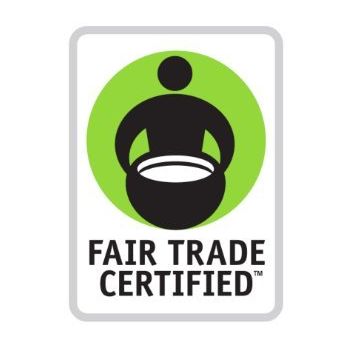



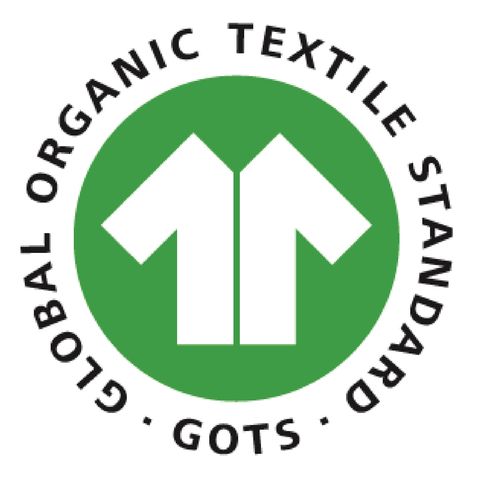
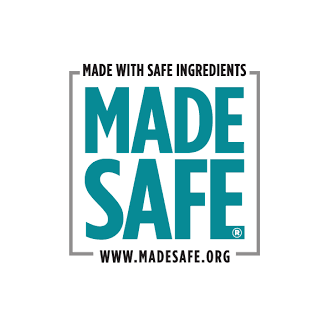
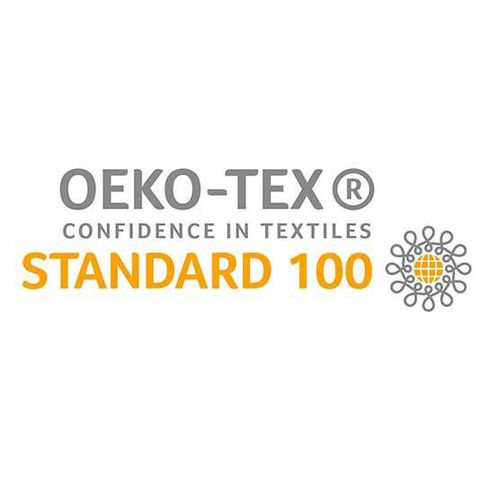
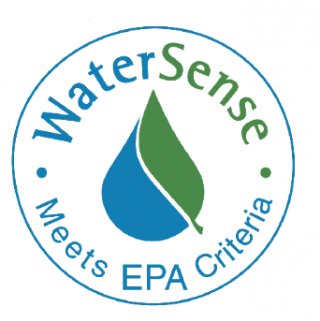















0 Response to "Fast Fashion: What Is It and Why Is It So Bad? - Good Housekeeping"
Post a Comment